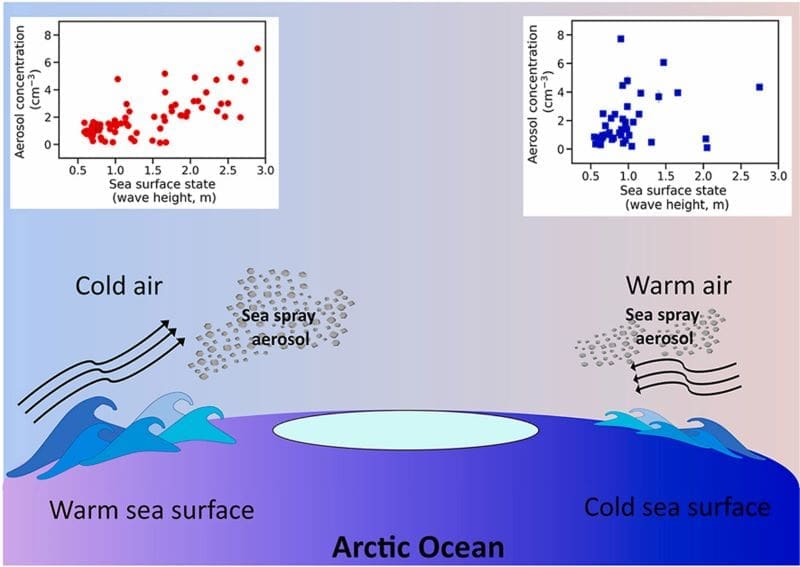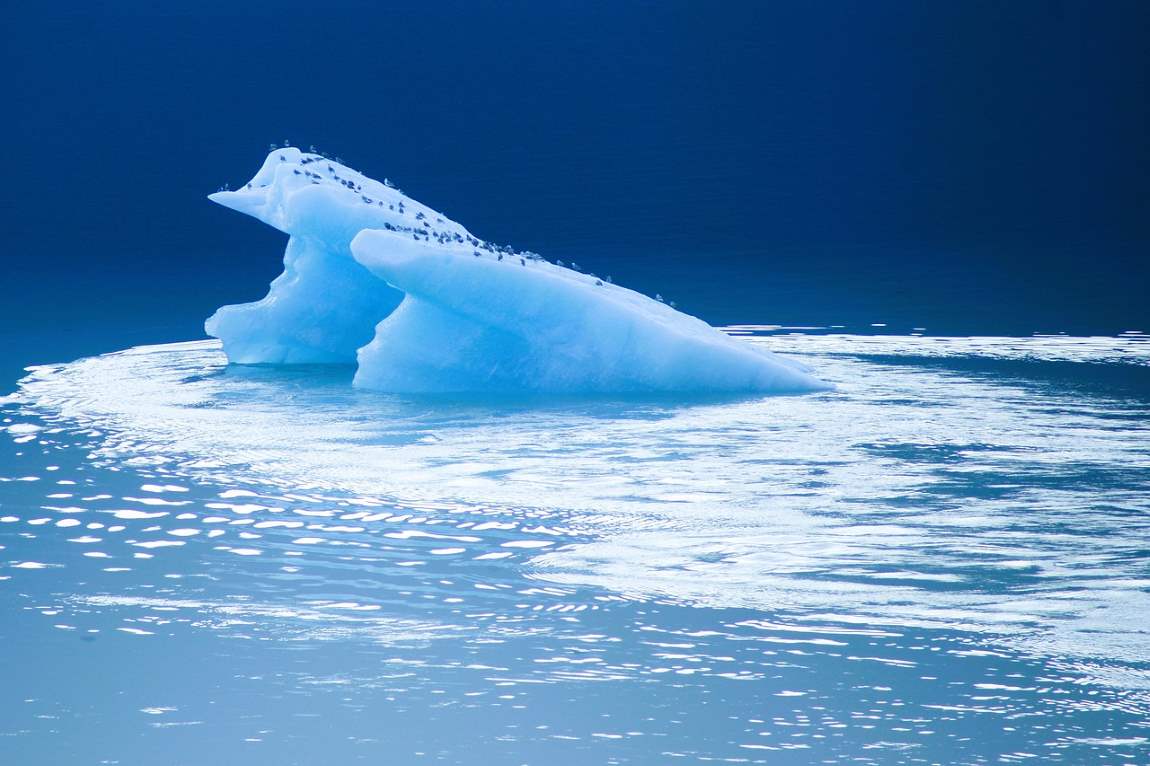Researchers led by EPFL’s Extreme Environments Research Laboratory have developed an innovative system to better understand the relationship between sea spray aerosols, ocean conditions, and atmospheric states. This system, mounted on an icebreaker, collected data across the Arctic, providing critical insights into aerosol production, a significant factor in global weather and climate models.
Sea spray aerosols, tiny particles emitted from ocean surfaces, significantly influence the Earth’s radiation balance by reflecting sunlight and impacting cloud formation. Despite their importance, the exact quantity of these aerosols remains uncertain, posing challenges for accurate climate predictions.
“We still don’t have a clear grasp of the quantity of sea spray aerosols produced, making them a large source of uncertainty today in weather and climate models,” said Julia Schmale, head of EPFL’s Extreme Environments Research Laboratory.
The study, published in Atmospheric Environment, employed commercially available cameras to measure aerosol concentrations, atmospheric conditions, and wave characteristics aboard a research ship navigating Arctic waters.

Using a stereoscopic imaging system, the cameras captured detailed 3D representations of the sea surface, allowing algorithms to analyze wave height, steepness, and other properties. These were then correlated with aerosol measurements and environmental data such as wind speed, precipitation, and atmospheric temperature.
The Arctic Ocean, specifically the Barents and Kara Seas near North Pole, served as the study’s focus due to its rapidly changing ice conditions. “The formation of sea spray aerosols is highly erratic in this region, partly because the sea ice is shrinking and more and more individual floes float around and there’s more open water now,” explained Schmale. “We expect to see very significant changes in the coming years.”
Affordable, versatile technology for global use
This low-cost, adaptable system offers an advantage over satellite and coastal observations by providing high-resolution, real-time data. With a temporal resolution of about one second, it allows scientists to identify the interplay between oceanic and atmospheric variables affecting aerosol emissions.
These detailed measurements also highlighted the significant role of the marine boundary layer – a turbulent zone above the ocean’s surface – in shaping aerosol dynamics.
Initial findings confirmed that ice coverage directly influences aerosol production, with open waters emitting more particles compared to areas of compact ice. Additionally, the research emphasized the importance of atmospheric stability in determining aerosol concentrations, offering valuable clues for future climate modeling.
However, Schmale stressed the need for broader studies.
“Before we can incorporate this precise data in climate models, we need more studies like ours on a variety of oceans,” she noted. “Conditions can vary considerably depending on the season, weather, and exact location.” For instance, Arctic results may not apply to the Antarctic, where stronger winds lead to distinct patterns in aerosol production.
With its simplicity and affordability, the EPFL-designed system could be deployed across different oceans, filling critical data gaps in climate research and enhancing global predictions. The research marks an essential step toward integrating sea spray aerosol dynamics into comprehensive climate models, offering a scalable solution for capturing data in diverse marine environments.
Journal Reference:
Alireza Moallemi, Alberto Alberello, Iris Thurnherr, Guangyu Li, Zamin A. Kanji, Filippo Bergamasco, Roman Pohorsky, Filippo Nelli, Alessandro Toffoli, Julia Schmale, ‘Links between atmospheric aerosols and sea state in the Arctic Ocean’, Atmospheric Environment 338, 120844 (2024). DOI: 10.1016/j.atmosenv.2024.120844
Article Source:
Press Release/Material by Cécilia Carron | EPFL
Featured image credit: Jan Van Bizar | Pixabay




